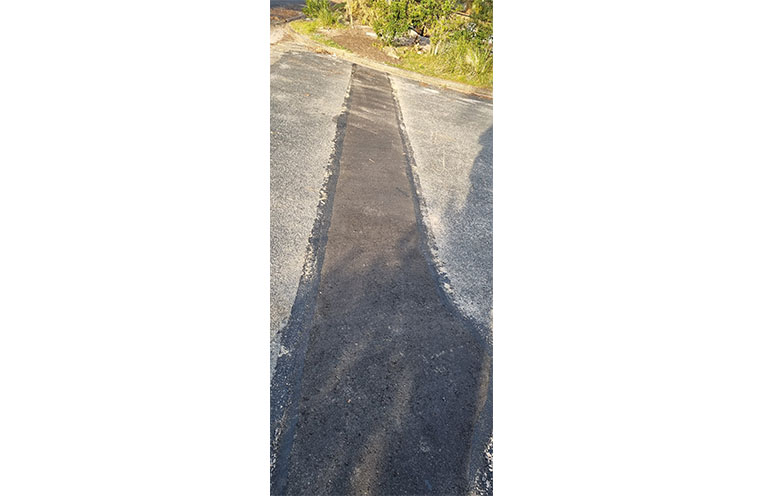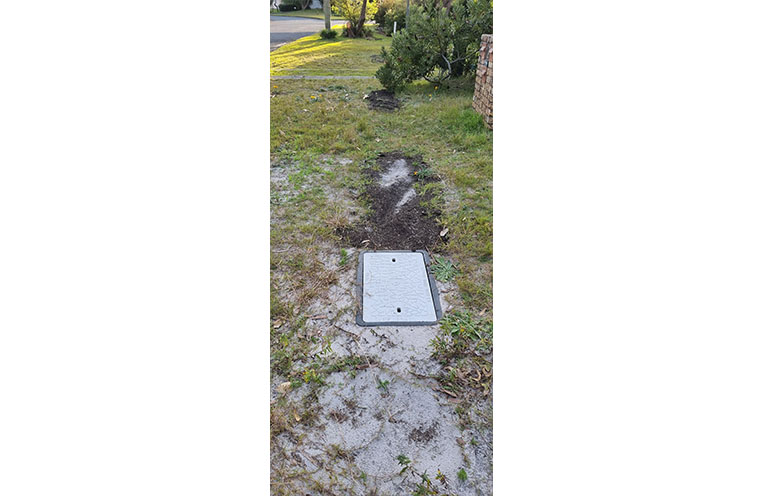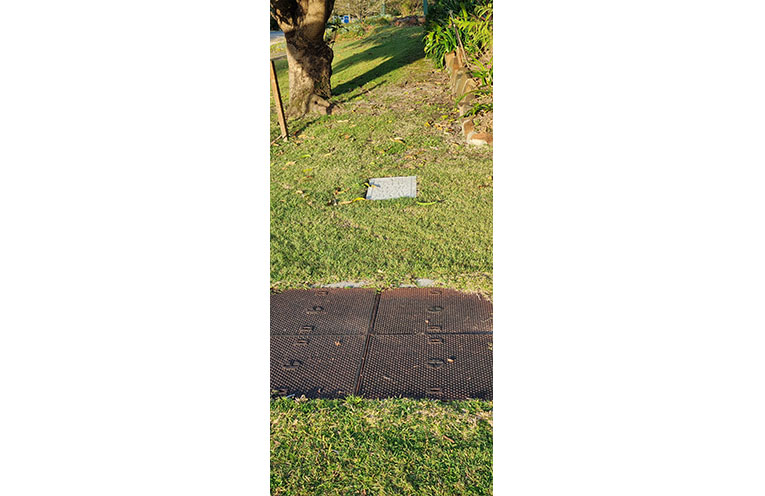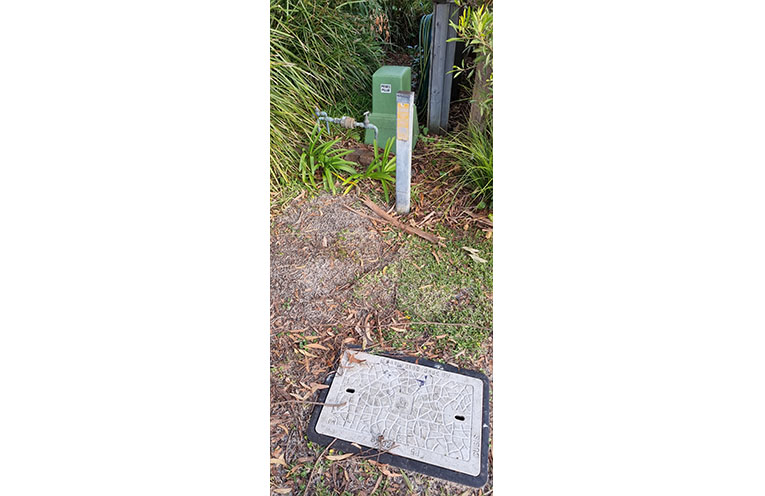INTERNET speeds may be set to skyrocket, after the National Broadband Network Company’s (nbnCo) recent upgrades around the Myall Coast.
In areas where underground infrastructure is possible and consumer usage is relatively high, such as the sandy soils of Hawks Nest and Tea Gardens, several nbnCo contractor crews have been seen digging new trenches or preparing old ones for the new optic fibre network extensions.
In some cases, entire sections of road have been dug up and re-laid to make way for new underground conduits.
These upgrades were announced back in January by nbnCo, with the aim of providing ‘fibre to the premises’ (FTTP) to all customers who did not get it years ago.
An nbnCo representative said, “nbnCo will provide new upgrade paths for the remaining homes and businesses across Australia on the Fibre to the Node network, enabled through an investment with the Australian Government.”
“The investment is expected to benefit around 622,000 homes and businesses, with more than 95 per cent of premises having the option to upgrade to nbn® full fibre via nbn Fibre to the Premises.”
The upgrades are expected to be completed by the end of 2030.
According to nbnCo figures, the number of internet-connected devices in the average Australian home has more than trebled in the last 10 years, with the average amount of data consumed jumping a whopping 30-fold.
The infill required for proper FTTP means that the internet signal will go right to the customer’s house in an optic fibre, the fastest possible medium for the signal, and easily capable of gigabit-per-second speeds.
Currently, most Myall Coast residences get away with ‘fibre to the node’ (FTTN) connections, meaning that their existing copper phone lines carry their internet signal the last few hundred metres from a fibre-to-copper node that is housed in a manhole nearby.
In areas such as South Pindimar or Bundabah, where nbnCo cables never quite reached, residents have looked to the likes of Starlink for satellite internet connections – although Starlink did suffer a global outage last week, which is being blamed on a software issue.
The average internet user must be aware, nonetheless, that their actual internet speeds inside the home will always be limited by the performance of their in-home internet router, with even slower signals over wi-fi.
Residents can check what internet technologies are available to their address via the nbn website nbnco.com.au/check.
By Thomas O’KEEFE
You can help your local paper.
Make a small once-off, or (if you can) a regular donation.
We are an independent family owned business and our newspapers are free to collect and our news stories are free online.
Help support us into the future.







